Perspectives
Blogs and musings from the studio, around the city, and at work. And check out social channels for the very latest.
A reflection on what I collect during travels, most recently In Mexico City, motivated by my desire to challenge consumer culture and hold myself accountable.
A recent exhibition at the Bristol Art Museum offers a glimpse into two futures and reminds us that it takes careful observation and discomfort to create change.
The desire to overcomplicate is strong. I’m not sure if it’s innate or trained in me, but I cannot remember a time in my life when my brain wasn’t working on overdrive to find hidden meanings or make multiple connections. Nothing is as it seems. Add to that graduate school training, and the warning never to be “on the nose” and you have an over-complicator.
Yet I’m learning to let materials stand on their own as I prepare for Shift, July 21-September 11 at Bristol Art Museum.
An excerpt from a blog co-written with Now + There Curator Leah Triplett Harrington after visiting Prospect 5, New Orleans.
Prospect New Orleans, a triennial citywide contemporary art exhibition and the young, scrappy American cousin to more established European exhibitions like documenta and Skulptur Projeckte, recently wrapped its fifth iteration with an exhibition as in flux as these pandemic times.
“Yesterday We Said Tomorrow” was all about the future. As we traversed New Orleans East to Tremé to Bywater and Uptown, the most powerful work we encountered acknowledged the traumas of the past while heralding new futures.
Exploring NOLA by way of the exhibition’s map, we saw how Los Angeles-based curators and Prospect’s co-artistic directors, Diana Nawi and Naomi J. Keith, collaged artists, artworks, and institutions. Their approach was less conductor, more jazz improvisation, embracing the possibilities of unexpected juxtapositions of site context and artistic voice.
At long last, my “In The Studio” video interview with Brian Hone for the Isabella Steward Gardner’s Museum’s program. In The Studio is a series of videos that take you into the studios and workspaces of artists who call Boston home. I’m honored to follow Silvia Lopez Chavez, Hana Quon, Rayna Lo, Clint Baclawski, Stephen Hamilton, Christian Restrepo, and Maria Finkelmeier.
I’m comfortable being a Sunday sculptor.
It’s a cathartic hobby. In the same way a weekend warrior depends on [insert extreme sport here] to stay sane, my studio practice enables me to show up as my best self for family, friends, and colleagues. Studio Sundays, or stolen studio mornings before work, are my rudder. Without them, I’m one cranky, anxious bitch.
I made a decision eight years ago not to make studio work my sole pursuit. I could have done it. Life availed herself, beckoning me to swim in the ocean of pure unfettered creativity. But that felt frivolous and lonely.
On Friday, October 20, we came together for the final workshop in the three-part Me(dia) Response Self-Awareness and Activism Through Art-Making series at MIT List Visual Art Center.
Photojournalist Dominic Chavez presented his work and recounted tales of visiting Sierra Leone, Iraq and other conflict areas and Danielle Benaroche Gottesman shared insight into the importance of self-care in managing the barrage of stressful circumstances, including violent imagery.
On Friday, October 20 from 12-2pm we'll conclude the Me(dia) Response series at MIT List Visual Art Center with a creative action open to the public. I'm eager to share the works participant's made during the first two workshops, expand the dialogue we've been having, and conclude with a cathartic activity during this free workshop open to the public. (image: workshop participant work)
On September 15, 2017 ten inquisitive and empathetic souls arrived at the second of three Me(dia) Response: Self-Awareness and Activism Through Art-Making workshops at MIT List Visual Art Center to explore their role in shaping media and responding to it. (Image: Gilbert. newspaper, plastic, greenery and grenade pull.)


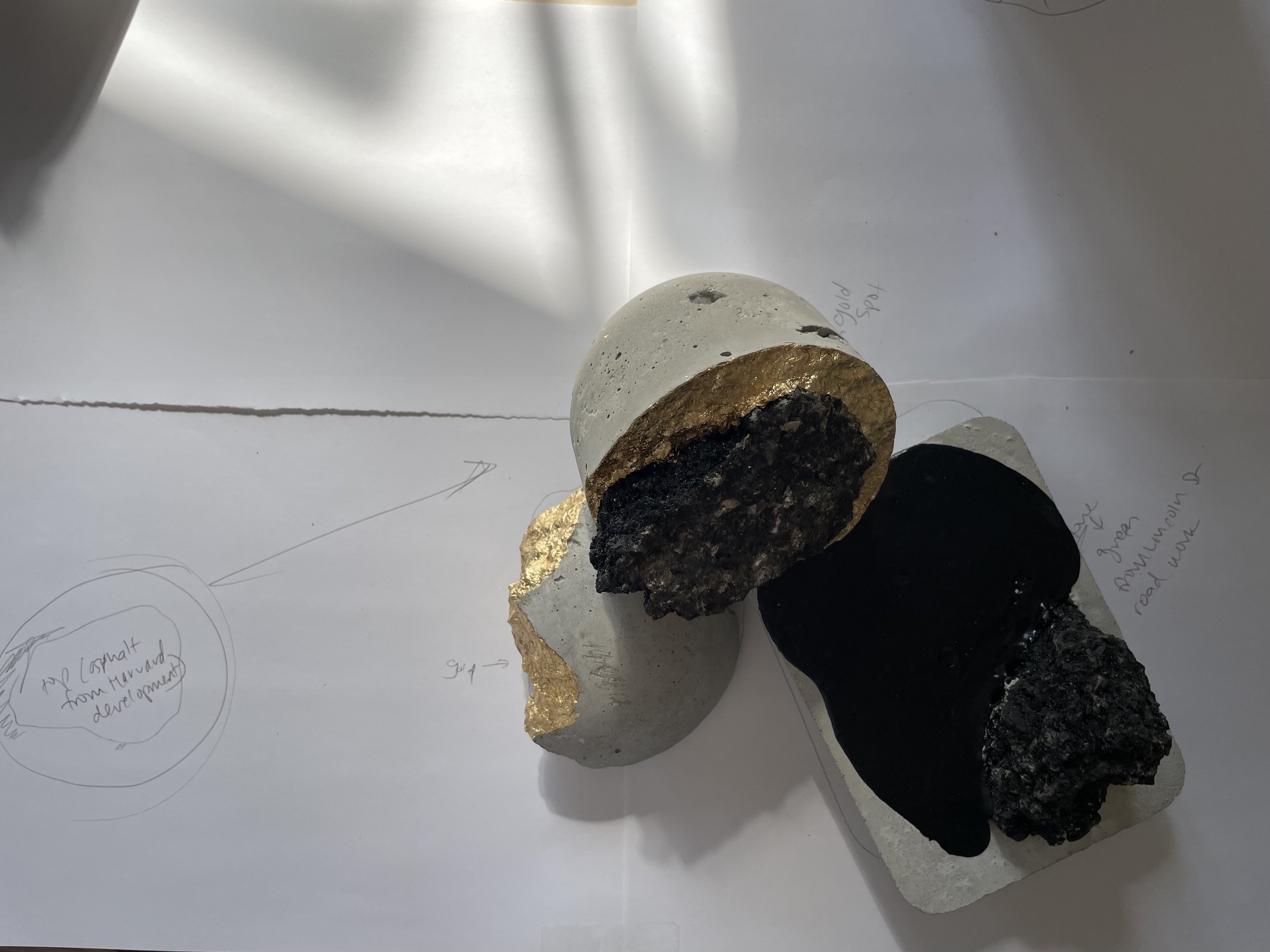
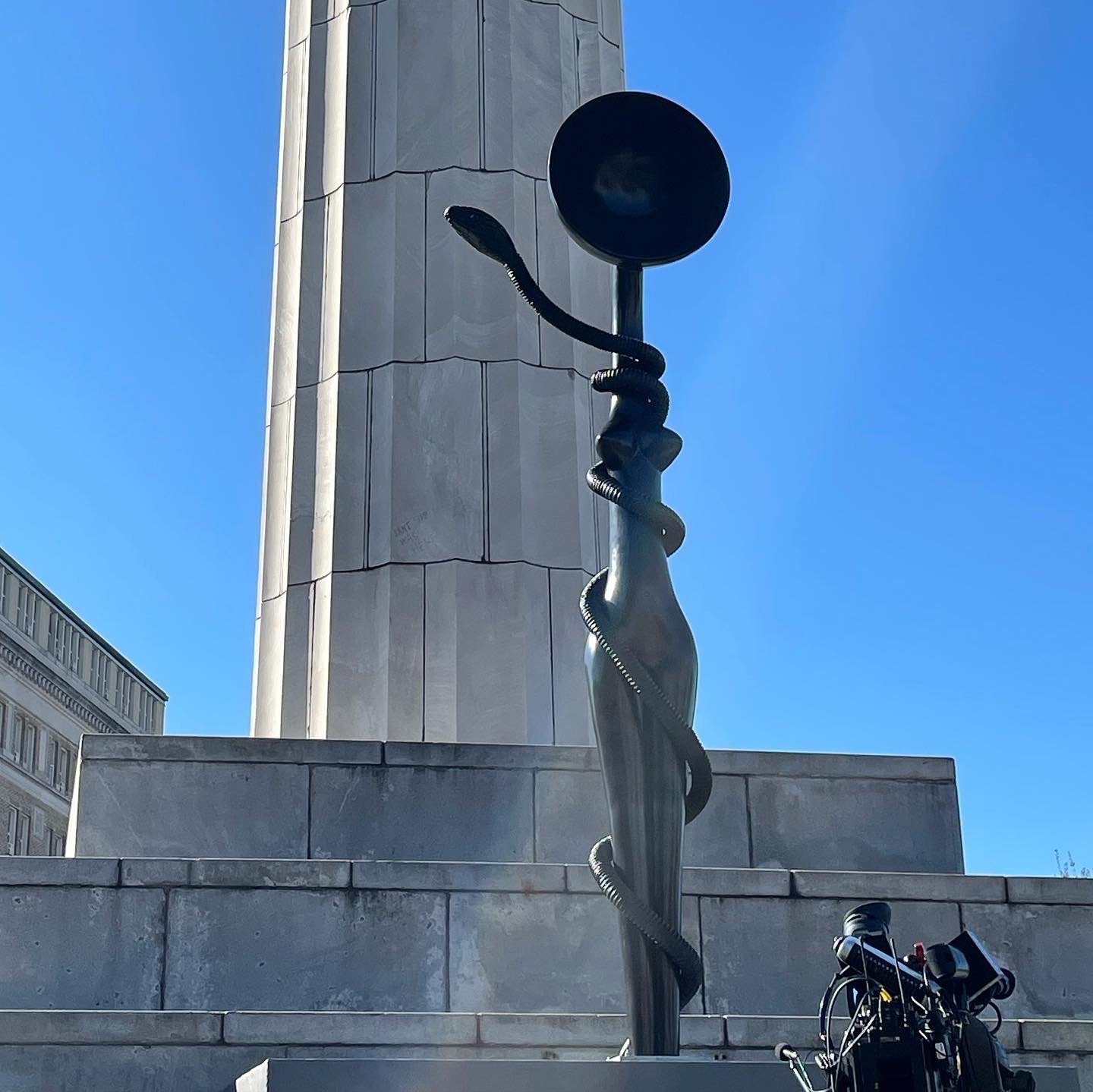





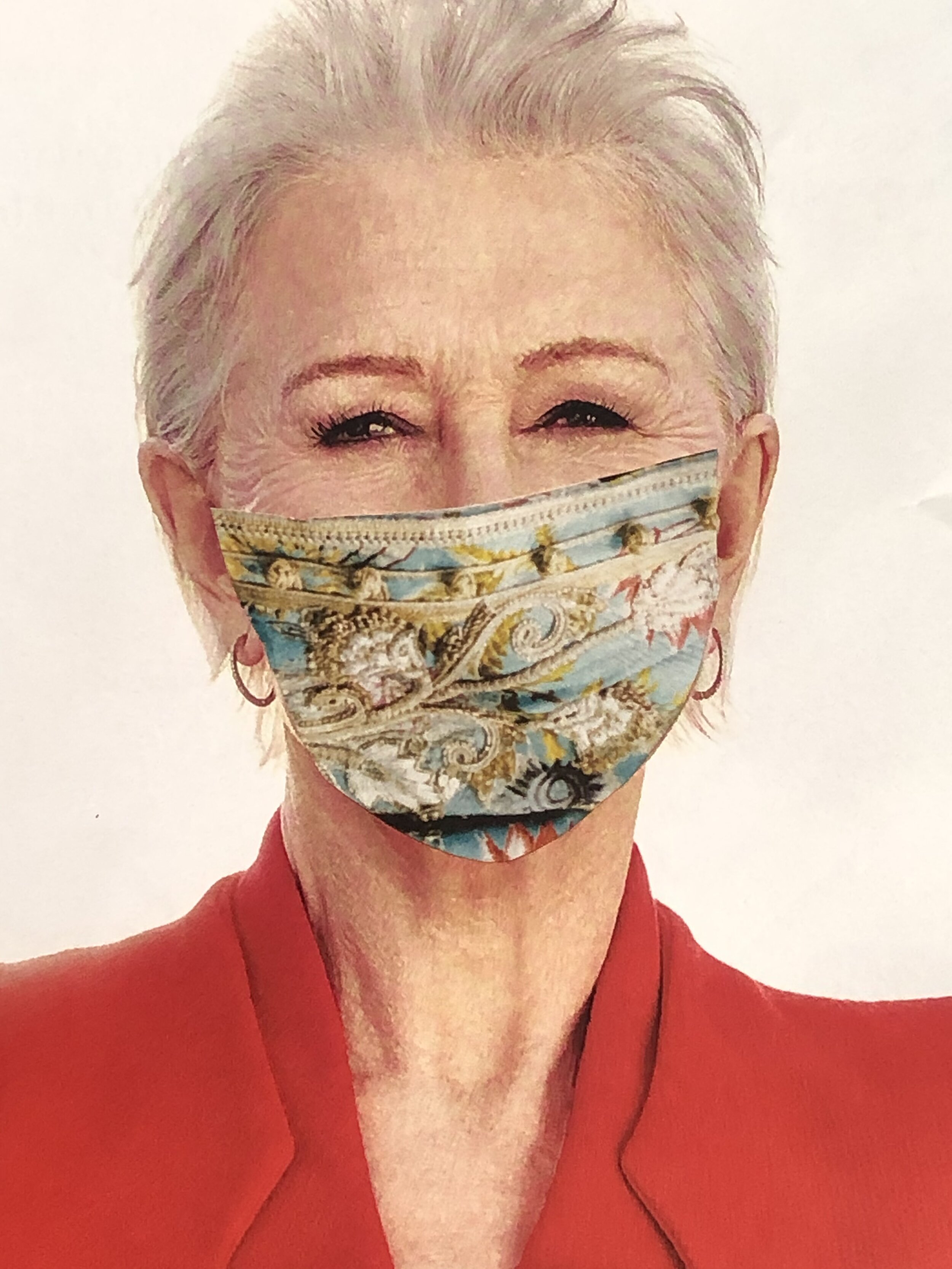







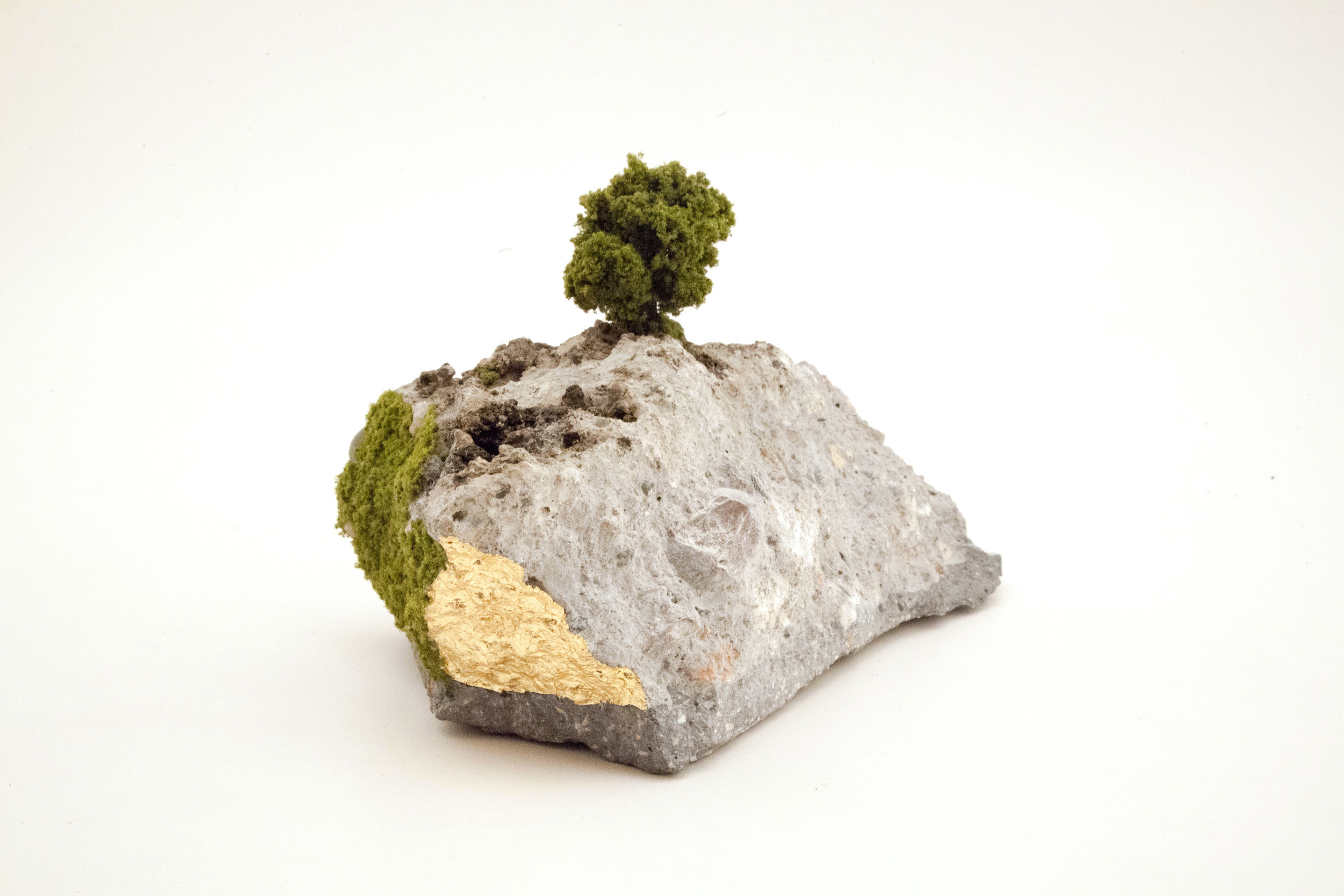


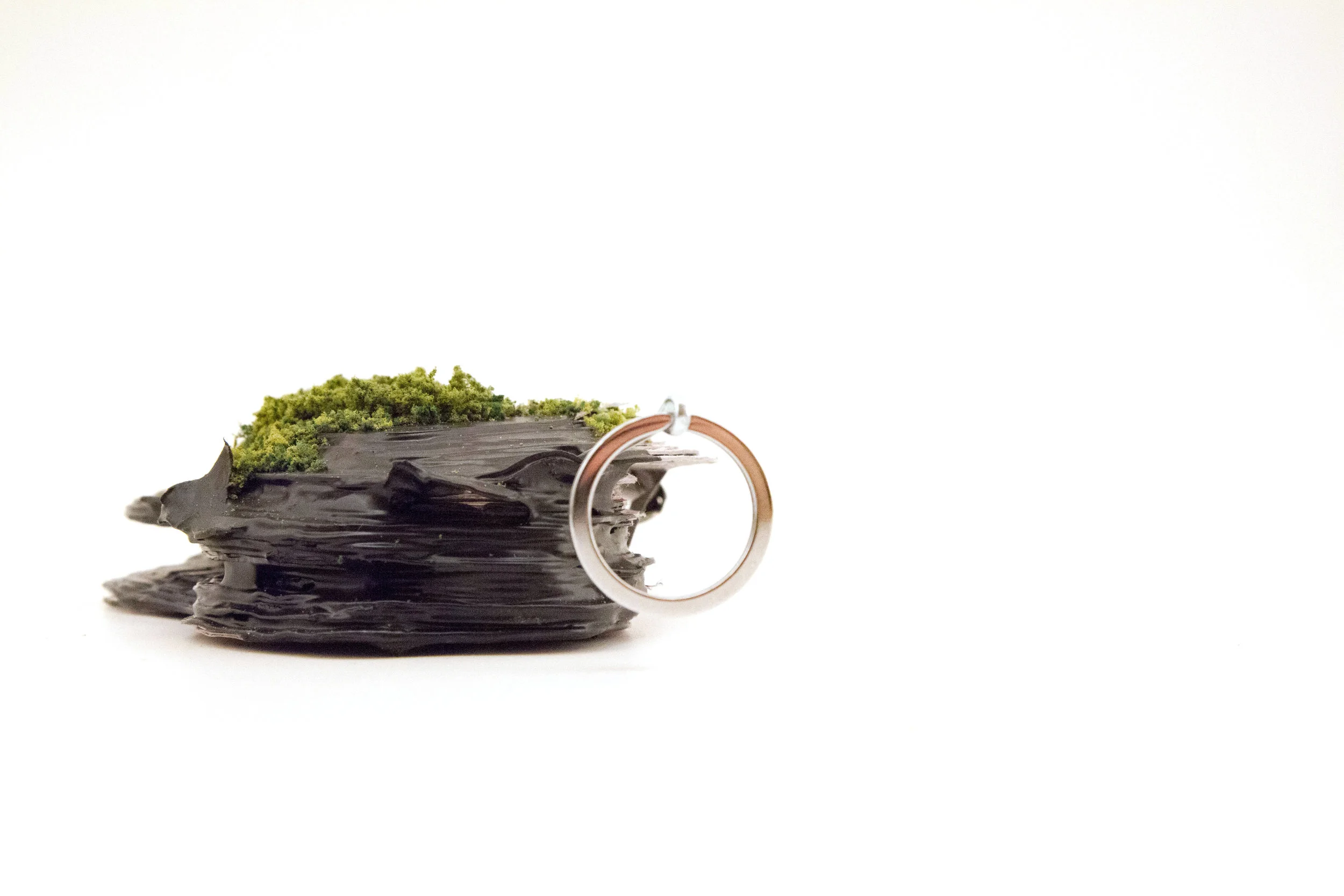
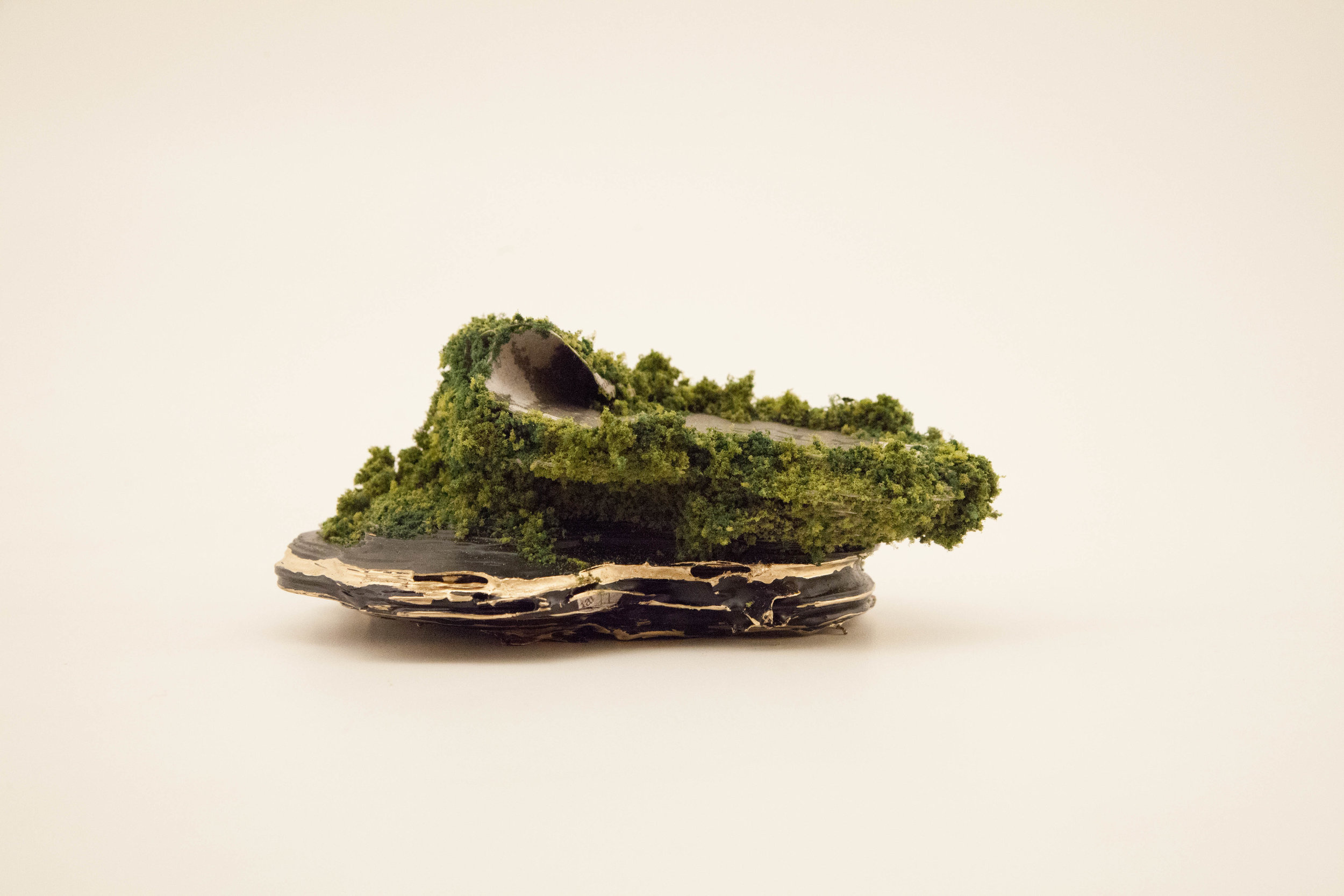
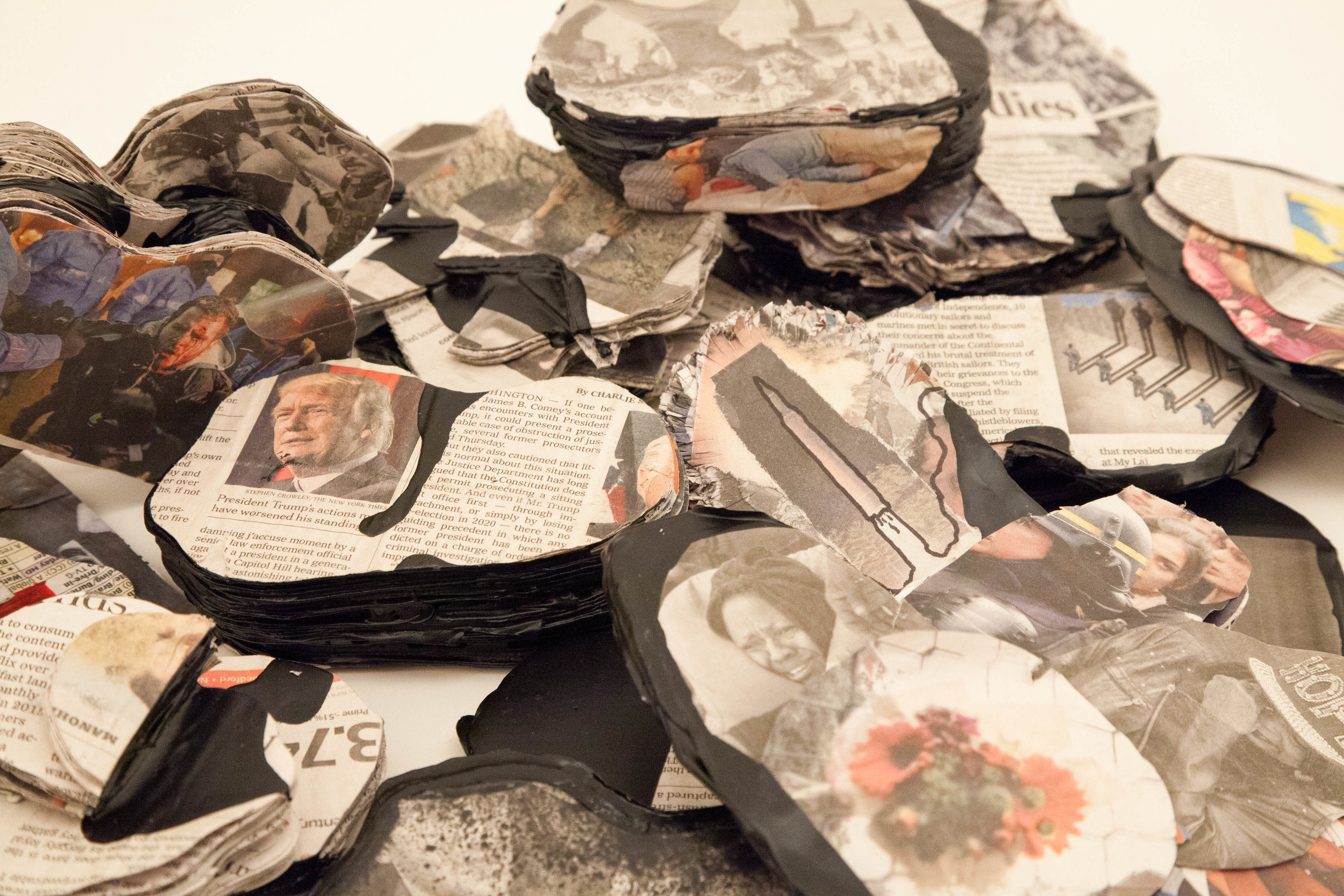
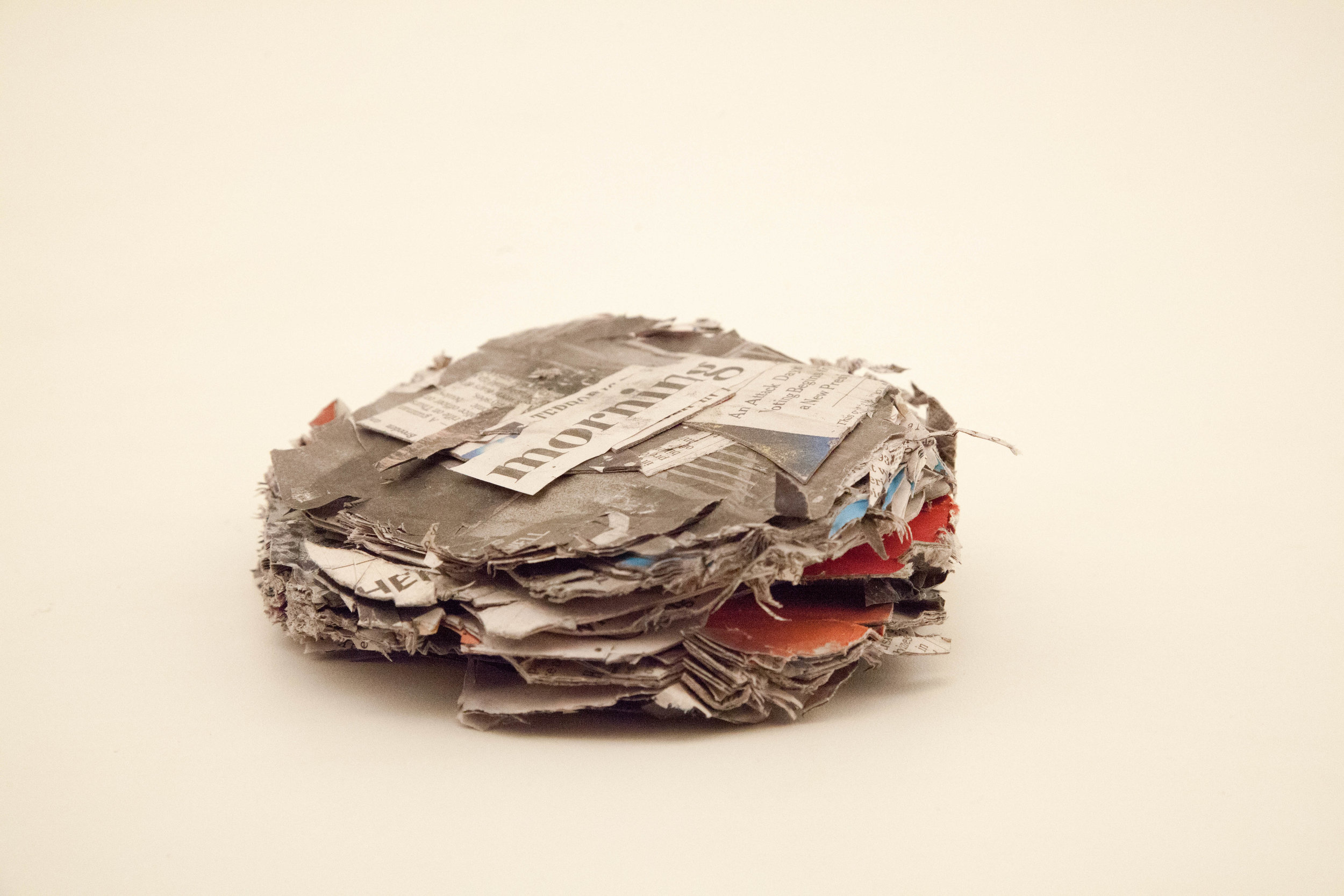





Testing new tools to save my physical strength or how ChatGPT interprets my motivations.